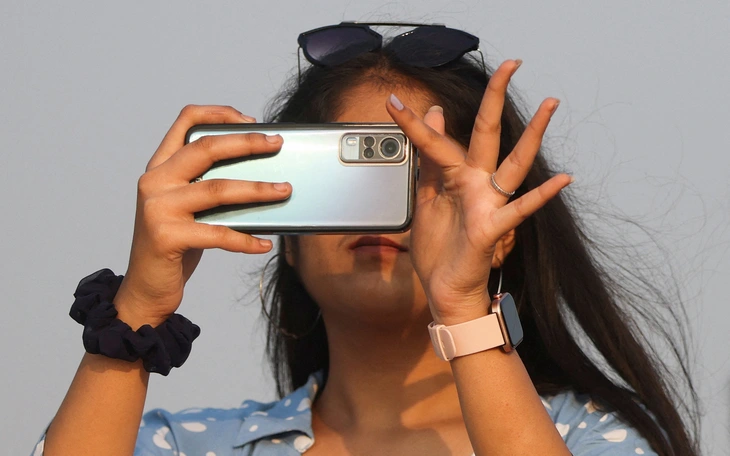
Illustration photo: REUTERS
The phrase '108 megapixels' has become a familiar marketing tactic on many mid-range and high-end smartphones. However, many users wonder: how different is a photo taken with a 108MP camera compared to a 12MP or 48MP? And why is the photo size much smaller than expected?
The answer lies not only in the megapixel count but also in the image processing, compression technology and strategy of the manufacturers.
108MP camera doesn't mean always taking 108MP photos
When hearing the phrase '108MP camera', many people easily imagine that every photo taken from this phone will have super high resolution, corresponding to 108 million pixels. But in reality, most of the photos you take every day from a 108MP phone are only 12MP or 27MP.
The reason is because manufacturers often pre-install pixel binning mode . This is a technique that combines multiple physical pixels into one larger pixel to increase light capture, reduce noise and make the image lighter. For example, a 108MP sensor can combine 9 pixels into 1, resulting in a photo of about 12MP but brighter, especially in low light conditions.
In addition to improving image quality in complex environments, this method also makes the image lighter, the machine processes faster and saves memory space. This is very important for ordinary users, who only need the image clear enough to view, save or share.
However, many phone models still allow users to switch to 108MP shooting mode. In this mode, the photos have extremely high resolution, suitable if you need to zoom in on details, maintain sharpness when viewing closely or print photos at large sizes.
However, shooting at full 108MP does have some limitations. Photos will be much larger, sometimes up to more than 20MB, image processing is slower, and in low light, photos are prone to noise because pixels are no longer combined to increase brightness.
In other words, 108MP is a powerful feature, but it’s not something you need to use all the time. For most everyday shooting situations, pixel binning is actually the best option.
Light photos are not 'forced quality'
Low-resolution photos are not necessarily low-quality photos. On today’s phones, every time you take a photo, the software immediately processes and compresses the photo. This is a hidden step that users are almost unaware of.
Image compression is the process of reducing file size without losing essential detail. Compression algorithms scan an image to determine what can be omitted or reduced without the human eye noticing the difference. It might remove duplicate details, reduce color depth in less important areas, or group similar colors together to save data.
There are two common types of compression: lossless and lossy. On phones, formats like JPEG and HEIF use lossy compression, meaning some of the image information is discarded, but it’s done so cleverly that it’s hard for the viewer to tell.
Thanks to smart processing, photos taken from a 108MP camera are usually only about 4 to 6 megabytes in size, despite its very high resolution. Instead of storing all raw data like a dedicated camera, the phone will automatically compress the photo immediately after taking it, helping to save memory while users still get clear enough images for daily use.
Not only does the software lighten the image, it also processes many other steps such as sharpening, color balancing, noise reduction, or scene recognition to optimize each area of the image. All of this happens in a split second after each click.
So, a light photo does not mean it is 'compressed'. On the contrary, it is a testament to the smart processing ability, making the photo beautiful enough, easy to use without taking up too much memory.
'Dots' do not determine photo quality
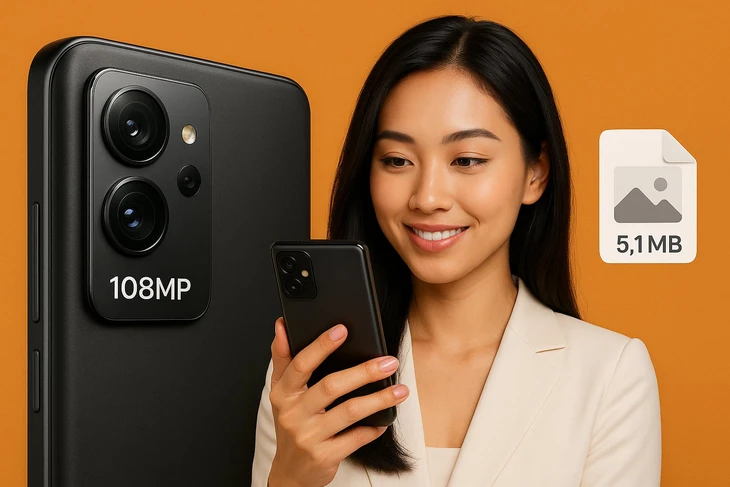
108MP camera but when checking the photo capacity it is only a few MB.
High megapixel counts are often touted as a camera advantage. But in reality, 'dots' are only a small part of what makes a good photo. Phones with 12MP cameras can still produce sharper and more vibrant photos than 64MP or 108MP models if equipped with larger sensors, better processing software and better lenses.
Sensor size is the most important factor. Large sensors help capture more light, especially in low light or night shooting conditions. Meanwhile, cameras with many 'dots' but small sensors will easily create noisy, blurry or color-incorrect images if there is not enough light.
Software also plays a vital role. Modern image processing algorithms can automatically sharpen, adjust contrast, white balance, reduce noise, and even recognize scenes to optimize colors accordingly. This is why iPhones have used 12MP sensors for years and are still highly regarded for their photography capabilities, thanks to carefully tuned software.
The number of 'dots' only really comes into play in some special situations like large format printing or very high digital zoom. For most everyday shooting situations like portraits, food, close-up landscapes or group shots, the more important factors are the ability to handle light, sharpness and natural color.
So, when choosing a phone, don't just look at the megapixels. A camera with many 'dots' does not guarantee good photos if the sensor is small, the software is weak or the lens is not good enough. On the contrary, a device that knows how to process images intelligently will produce clear photos, balanced colors and moderate capacity.
Source: https://tuoitre.vn/camera-tram-cham-nhung-anh-nhe-tenh-va-bi-mat-phia-sau-20250619112908521.htm


![[Photo] Opening of the 14th Conference of the 13th Party Central Committee](https://vphoto.vietnam.vn/thumb/1200x675/vietnam/resource/IMAGE/2025/11/05/1762310995216_a5-bnd-5742-5255-jpg.webp)
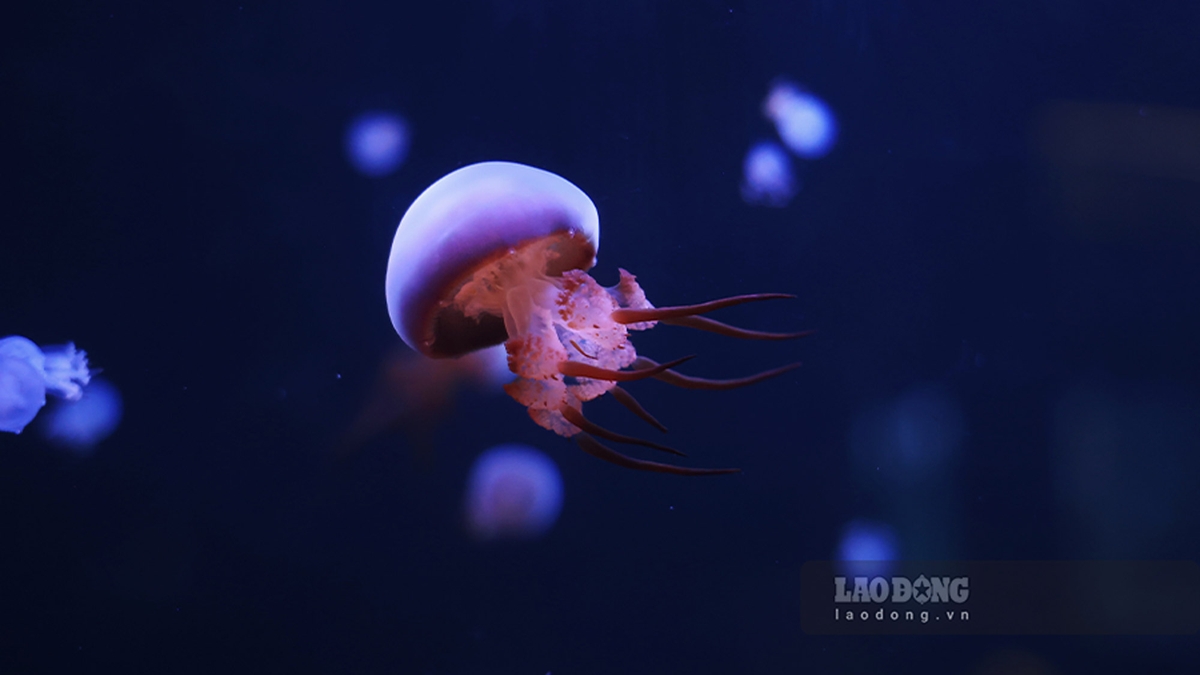


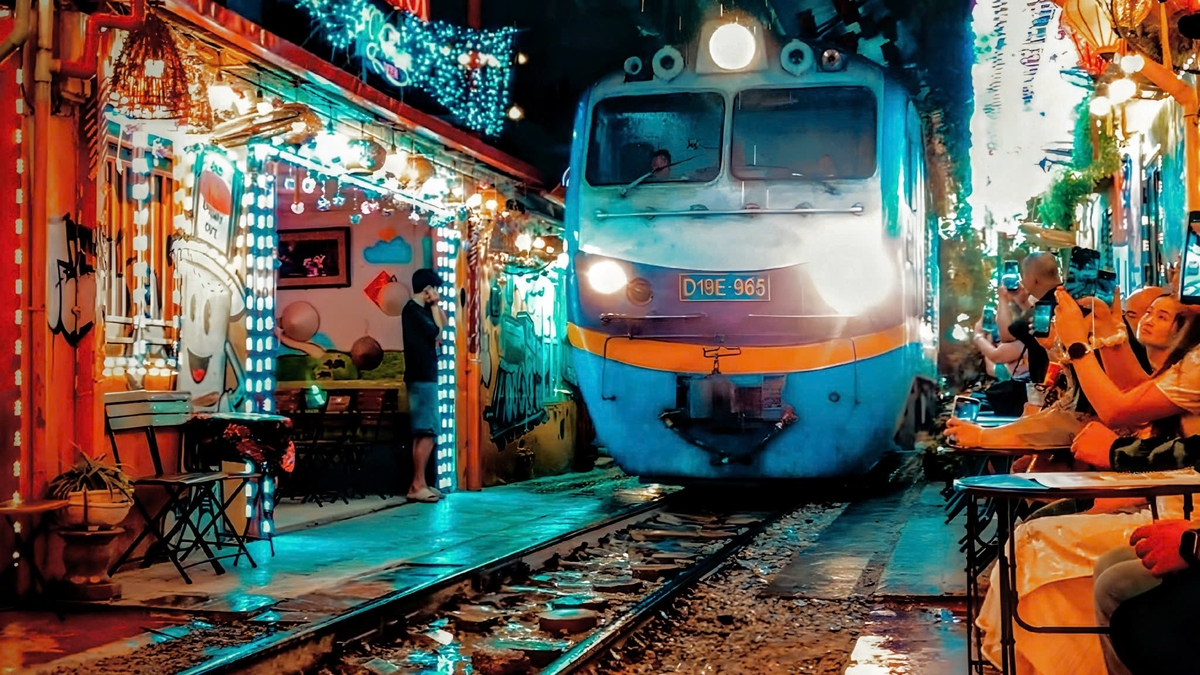











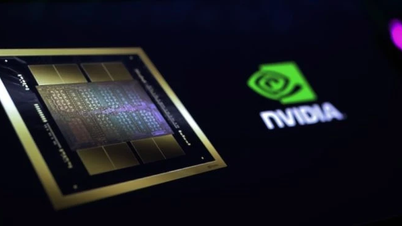













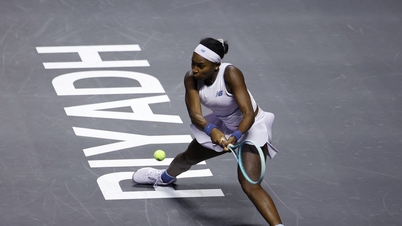



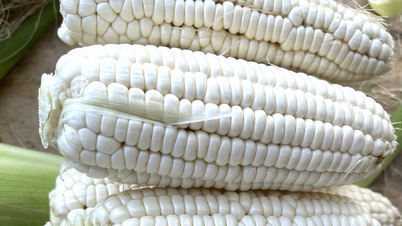

![[Photo] Panorama of the Patriotic Emulation Congress of Nhan Dan Newspaper for the period 2025-2030](https://vphoto.vietnam.vn/thumb/1200x675/vietnam/resource/IMAGE/2025/11/04/1762252775462_ndo_br_dhthiduayeuncbaond-6125-jpg.webp)



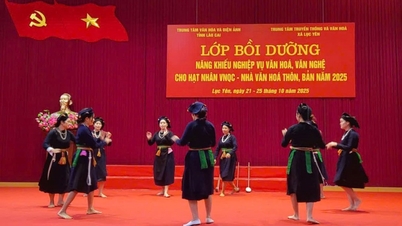


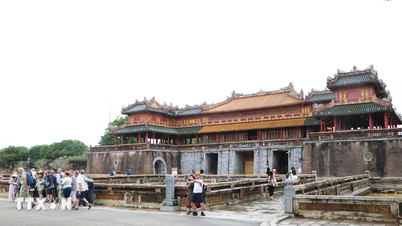
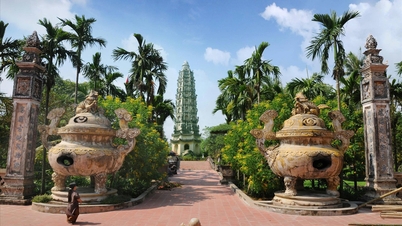






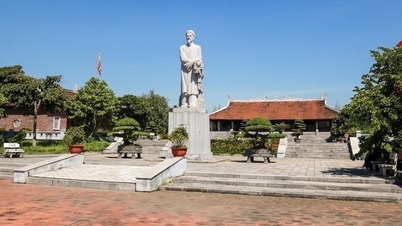






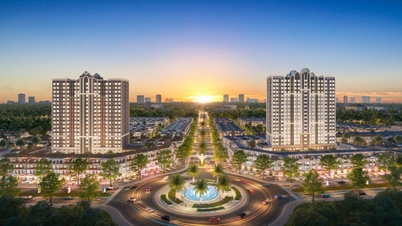





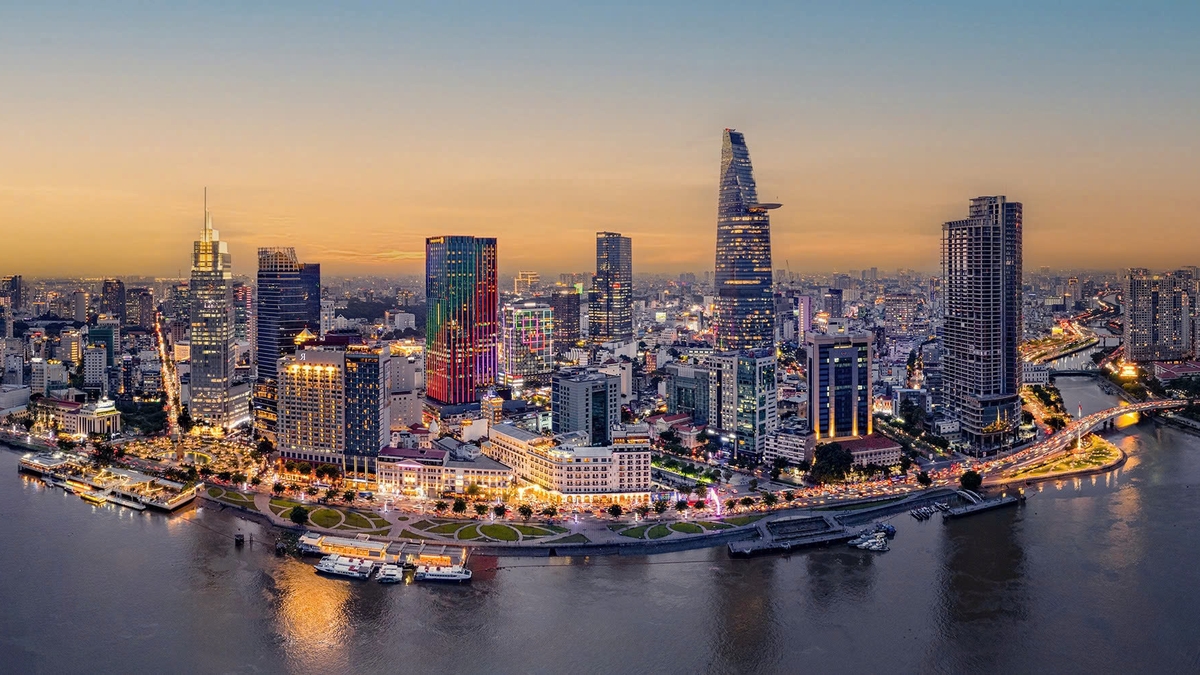
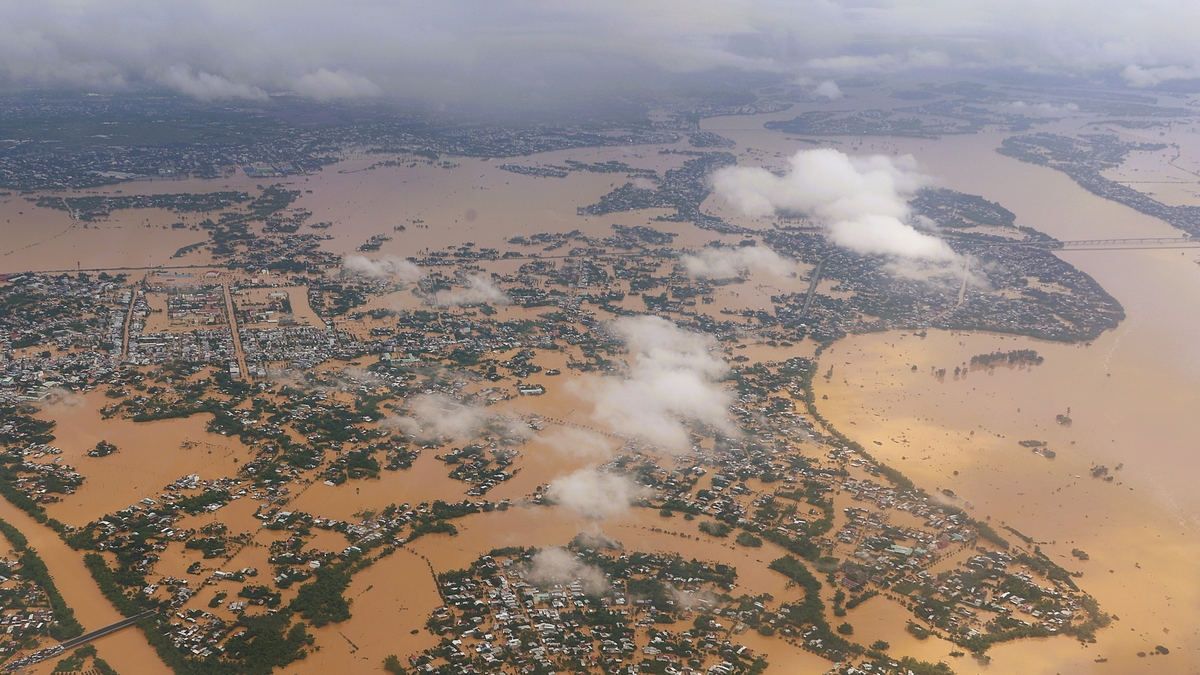
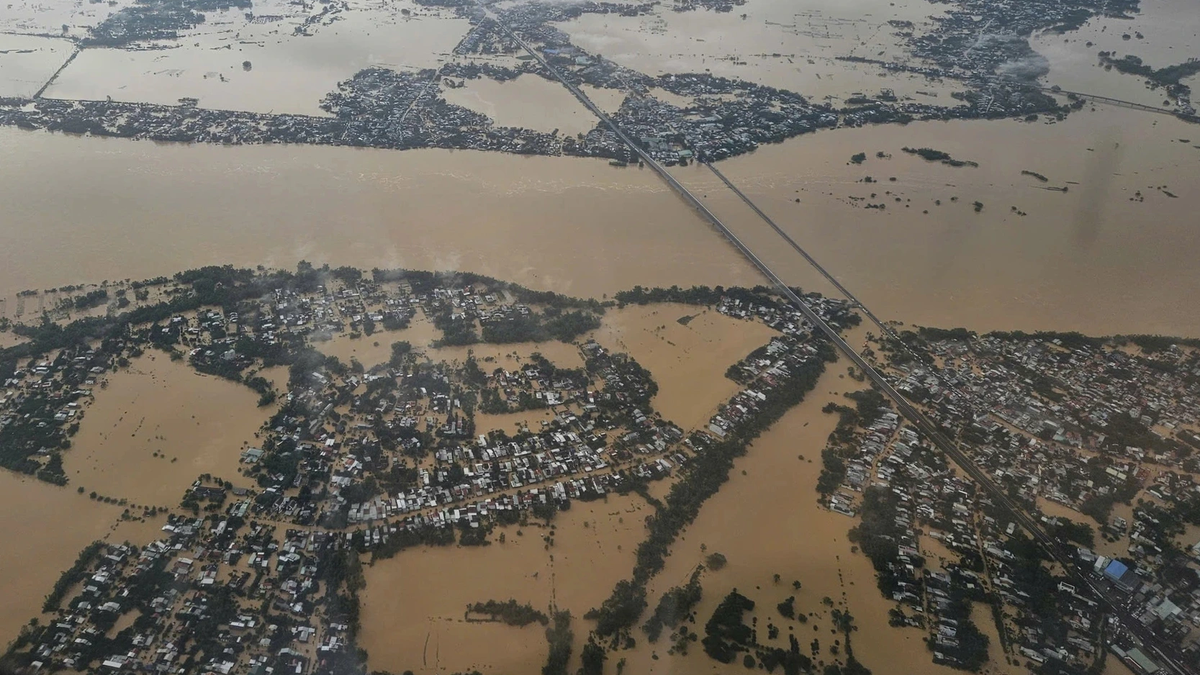
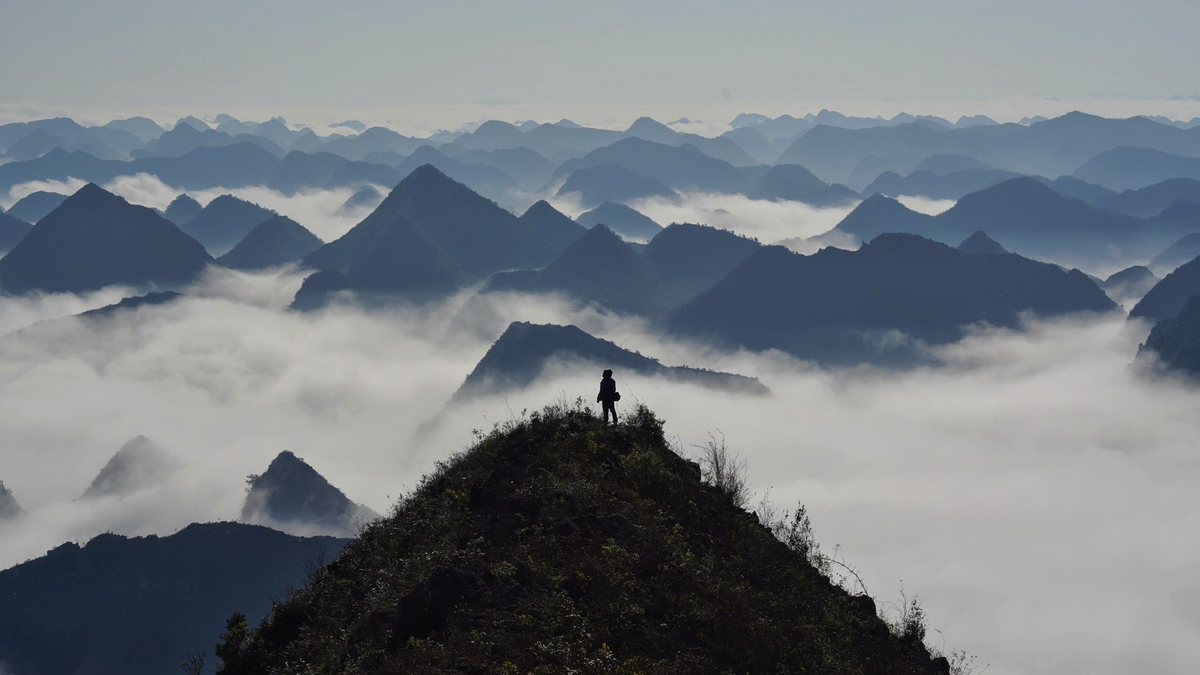
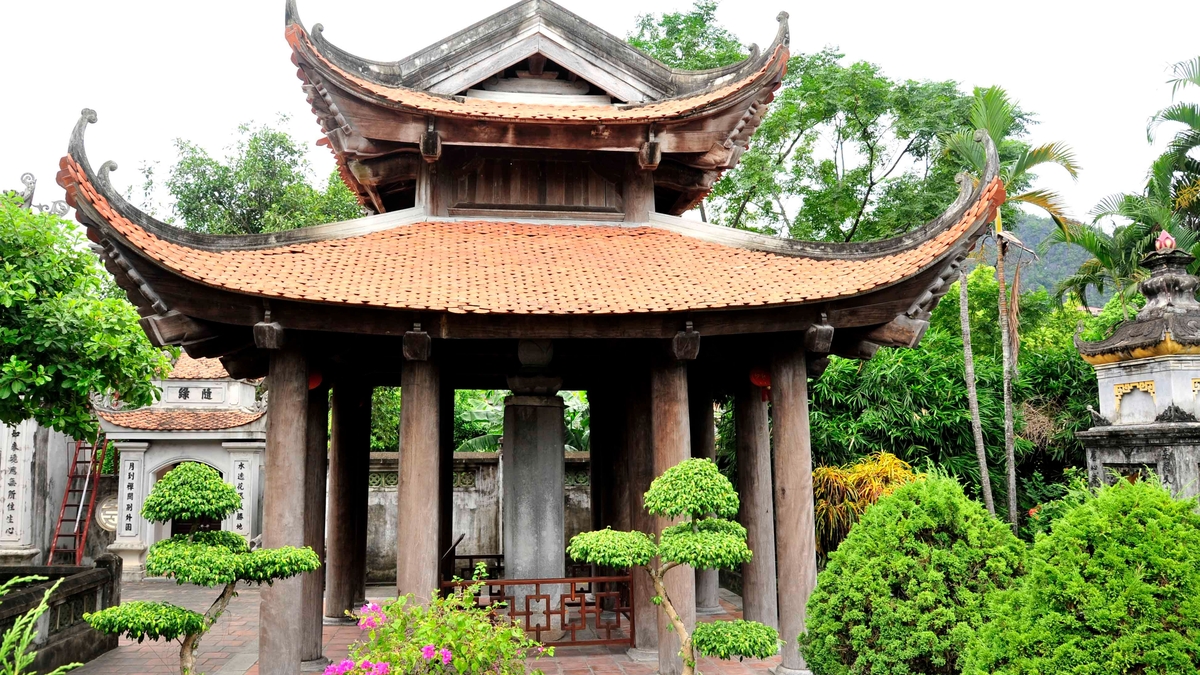

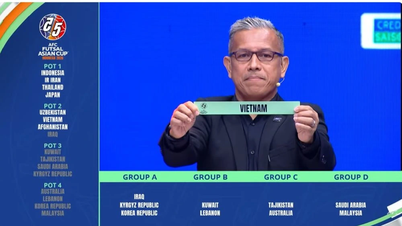














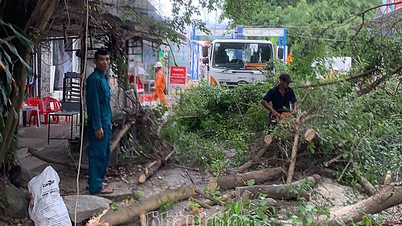




















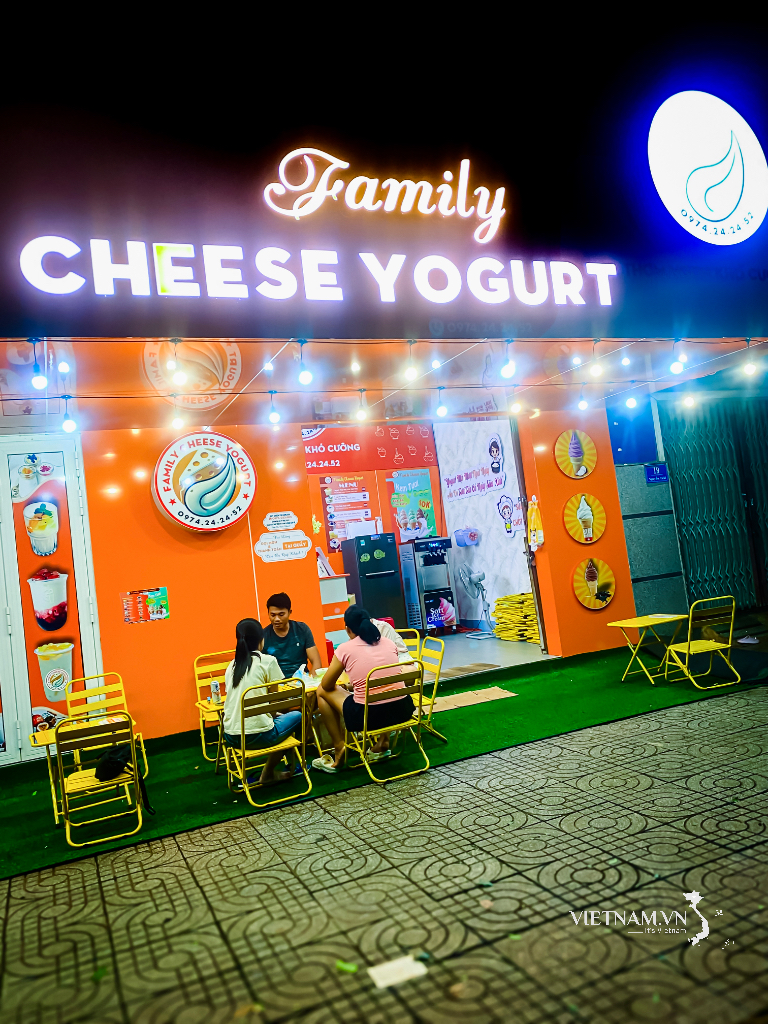
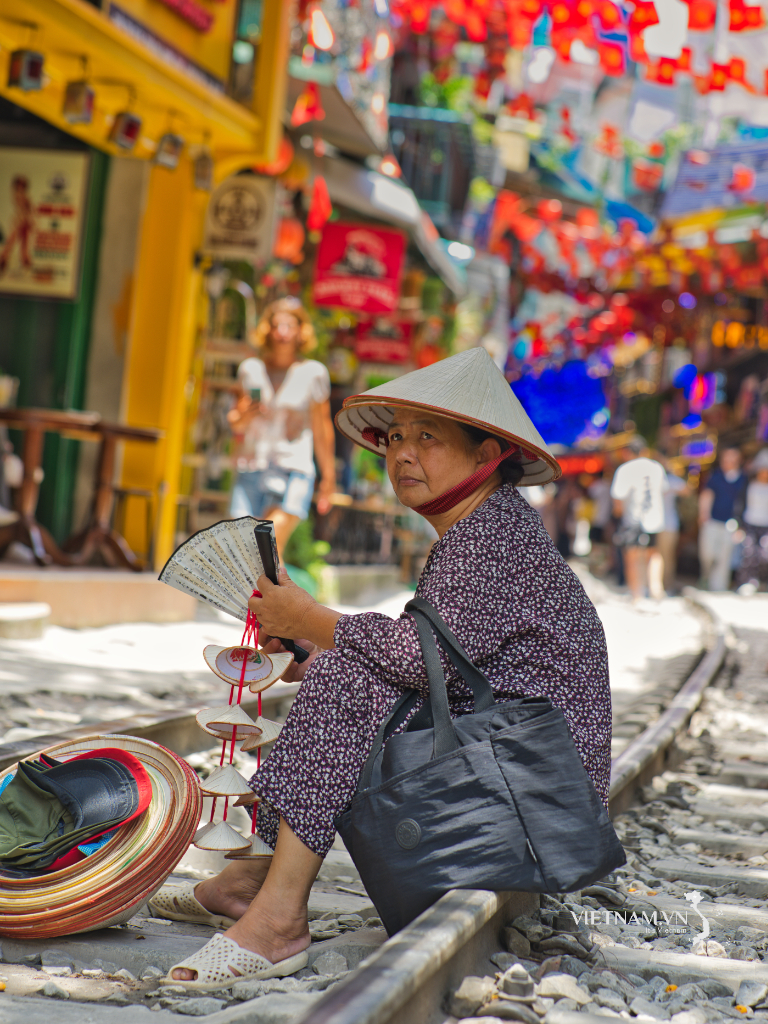
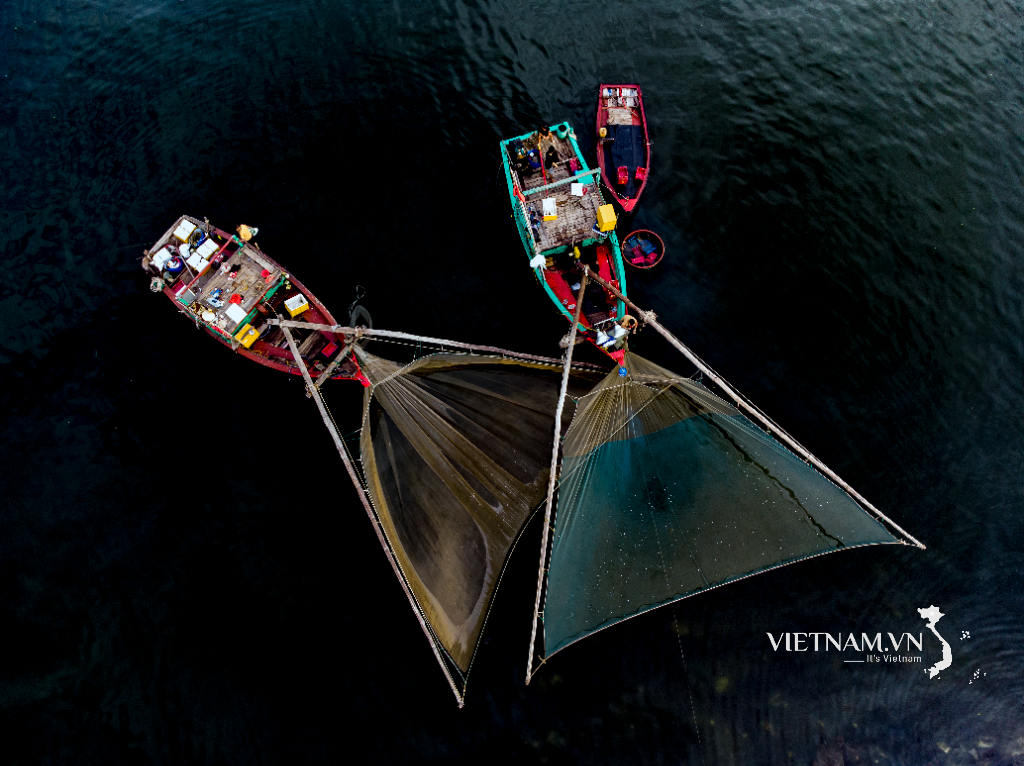

Comment (0)